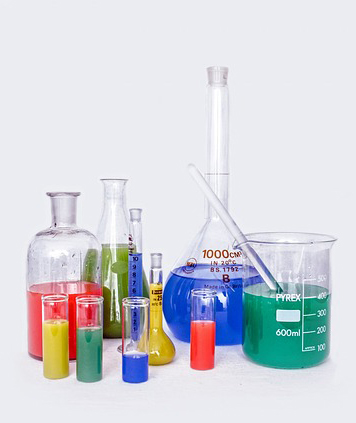About Sampling
Why do I/A systems need to be sampled?
 Sampling and analysis of wastewater treatment system (WWTS) effluent is an important step in the verification of the proper functioning of an I/A system. Effluent may be analyzed for a wide range of parameters, including total nitrogen, total suspended solids, biochemical oxygen demand and pH. Each parameter gives the WWTS operator both an overall piture of the treatment process as well as diagnostic information for troubleshooting issues at the various steps in the treatment process.
Sampling and analysis of wastewater treatment system (WWTS) effluent is an important step in the verification of the proper functioning of an I/A system. Effluent may be analyzed for a wide range of parameters, including total nitrogen, total suspended solids, biochemical oxygen demand and pH. Each parameter gives the WWTS operator both an overall piture of the treatment process as well as diagnostic information for troubleshooting issues at the various steps in the treatment process.
What is being sampled for?
There are a variety of sampling parameters that may be required for your system. Some are directy related to a regulator requirement, such as BOD, TSS, or Total Nitrogen. Others are more diagnostic in nature - they give the system operator information to help diagnose problems in the system. For example, if a system is not properly denitrifiying (turning nitrates to nitrgen gas), the operator may look for adequate alkalinity to help keep the effluent the proper pH.
Check here for a full list of sampling parameters if you'd like to know more.
Why am I required to have my system sampled?
Sampling is required on most systems for the simple reason to make sure that the system is removing the expected amount of wastewater constituents that are of concern. These parameters are generally BOD, TSS, total nitrogen, and phosphorus.
If a system is not performing to expectation, then the system operator must make process adjustments to attain the required level of wastewater treatment. As an example, if a sample indicated that total nitrogen in an effluent sample is 29mg/L, then the operator should work with the homeowner to achieve an effluent of below 19mg/L of total nitrogen.
How can I get my sample requirements reduced?
When an I/A system is newly installed, the owners are usually required to have the system inspected and sampled much more frequently than the minimum. In the vast majority of these instances, inspections and samples are required to occur quarterly. Some municipalities will allow inspections and sampling at a seasonally used property to occur twice during a season. Others may require three visits for a seasonal property, while still others require quarterly inspections and samples regardless of how often the home is occupied.
The purpose of this increased maintenance is to make sure that the system works properly and that it is removing the amount of nutrients (i.e. nitrogen) that is expected.
Most municipalities will allow a system which consistently demonstrates proper operation and nutrient removal performance to obtain reduced requirements. This reduction may change the required inspections and samples from four time s a year to once per year. In some towns, sampling requirements are removed entirely. The result is a substantial yearly cost savings to the homeowner. This cost savings could be in the range of $1,000 or more.
Obtaining a requirements reduction is a relatively straightforward process. Most homeowners will work with their system operator, who will petition the board of health for a requirements reduction. The board will then hold a hearing, during which its members will vote on the legitimacy of the reduction petition. If the board members are satisfied with the performance of the system, they can vote to reduce the requirements.
There are cases in which requirements reductions are a bit more complicated, however. If a system was installed under a "pilot" or "provisional" MassDEP approval (read more about approvals), then the owner must first petition MassDEP to have the requirements reduced, and then also petition their local board of health.
If you have any questions about the requirements reduction process, contact your operator, your local health department, or our office at 508-375-6901 or 508-375-6888.
